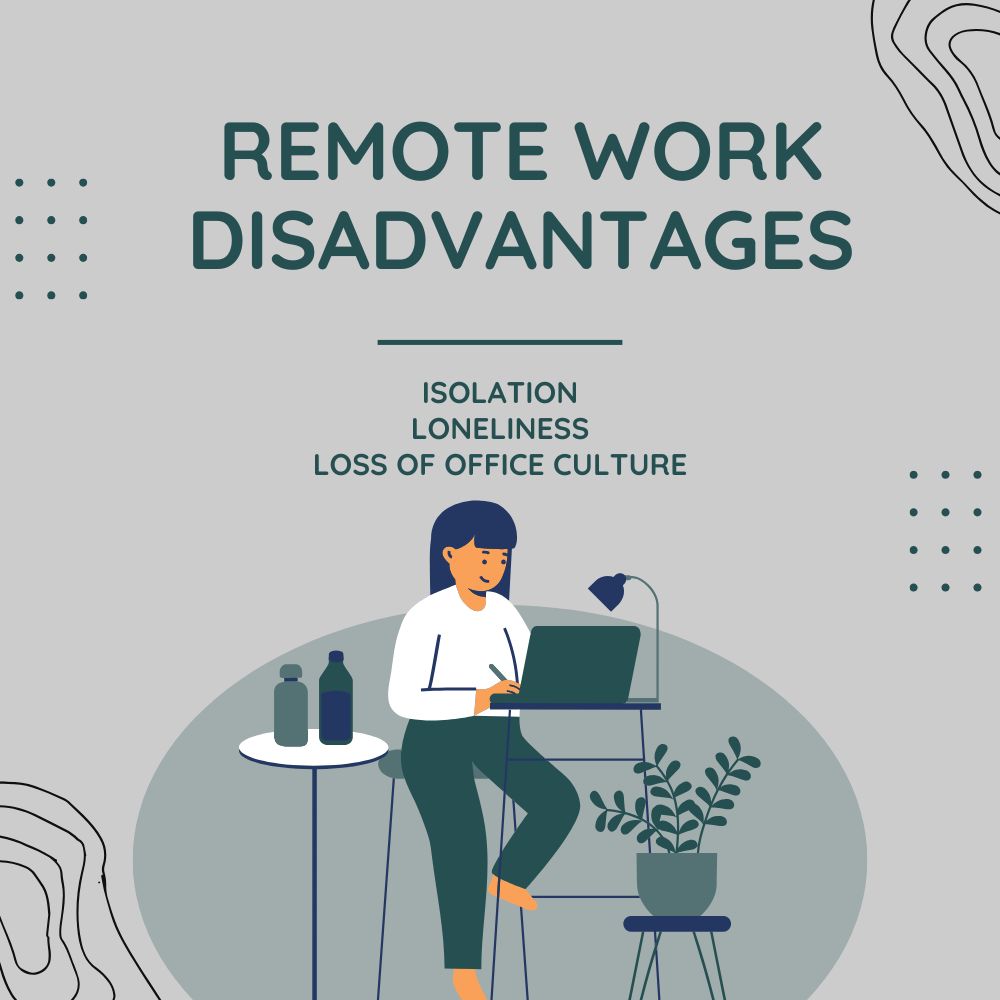Remote Work Fatigue – Is the Dream Losing Its Luster?
Introduction
From the moment remote work began gaining traction, it felt like the ultimate dream — flexible hours, no commute and the ability to work from anywhere. For so many, it was a welcome break from structured office life. However, as years have progressed, that feel-good factor seems to be fading. Something that was once freeing is now leaving many remote workers feeling tired, disengaged, and overworked. Has the remote working dream quietly turned into a new form of burnout?

The Charm That Triggered Everything
When working remotely became an accepted norm, it produced a life of freedom and equilibrium. Folks could make their own schedules, could spend more time with family, and could finally escape what were once the parameters of success that existed within a 9-to-5 workday. Gradually, productivity went up because employees felt trusted, and checking in and out of work was a matter of their own scheduling. Society praised the change – even stated it was the future of work.
However, in suit, the novelty wore off. Where once empowered, the uplifted state slowly began to show cracks. It revealed that once away from the productive atmosphere of work, there were far too many opportunities to work beyond work hours, not take lunch breaks, and not intentionally disconnect away from productivity. Personal and work life started to blur, as being overwhelmed by “flexibility” evolved into never being unavailable to work – it was an endless stream of accessibility. The very quality that motivated us to engage no longer laid interest in what it would contribute to us, only more of what was already asked.
The Unseen Costs of Permanent Connectivity
In the beginning, a permanent connection sounded like a great productivity booster. Quick replies, virtual meetings, and instant collaboration became normal and quickly set in. But soon, that sense of connection turned into a slow drain on our energy. Each ping, email, and “just one more call” began to invade our mind space. The struggle to keep online induced further tension and made the disconnection harder even after hours of work.
Working from home began the slow erosion of homes as the virtual office, and the workday simply didn’t stop in between. Many employees are reporting higher levels of stress, eye strain, and burnout than ever. The relentlessness of expected connectivity and lack of true breaks has created a tab of fatigue that is disguised as dedication. What was celebrated as flexibility sometimes became sheer exhaustion that would be attributed to commitment, and our bodies are paying the price.

Isolation, Loneliness, and the Loss of Office Culture
For some, the transition to remote work was a welcome change in peace and focus. For others, it was a transition to silence. Over time, coffee breaks, spontaneous team laughter, and the sense of belonging diminished. Human connection – which often inspires creativity and accountability – was replaced by Zoom calls and lengthy messages over chat.
With the absence of social energy, the emotional toll took its turn. Loneliness ensued, motivation waned, and collaboration became forced rather than instinctive. The community feel that offices naturally build now requires intentionality. Many remote employees admit they crave the “vibe” of working alongside others — despite working alone being considered the greatest flexibility. Without that interaction, even some of the most self-disciplined employees begin to feel adrift, considering whether the emotional toll of freedom is equal to the “freedom.”
Re-evaluating the Future — Hybrid as a Compromise
As remote exhaustion grows, both employees and organizations are starting to understand that the “ideal work arrangement” is possibly not to be completely remote — or completely in office. The future is looking more like balance: a hybrid solution. It’s the space where flexibility meets connection — where people can choose an environment that best fits their work, energy, and lifestyle.
Working from home is still distraction free, calming and you can design your day. But coming into the office brings back some of the beauty of collaborating, sharing a purpose and the little human spirit moments that cannot be replicated through a screen. This mix allows employees to relish autonomy, without isolation, and organizations to foster culture without micromanaging presence.
Organizations are redefining productivity — it is no longer “always available,” but producing work that is valuable while tending to mental health and wellbeing. Co-working spaces are growing, flexible hours are normalized, and companies are developing wellness programs that prioritize rest and social connection just as much as output.
The remote-work dream is not dissipating; it is evolving into a better form for the long-term. The hybrid model suggests that people do not solely need a job, they need a sense of balance, belonging, and flow that meets all their ambitions and well-being. The future of work seems to be less about where we work and more about how we feel while we’re working.
Conclusion
Remote work has transformed our world in ways we never anticipated. It offered us liberation, but it also showed us that freedom without bounds can be tiresome. With the shift to another stage of work, the challenge is not to disdain remote culture — it is to humanize remote work. Once the equilibrium restores, perhaps the dream continues to shine, this time more wise and a little less bright.
